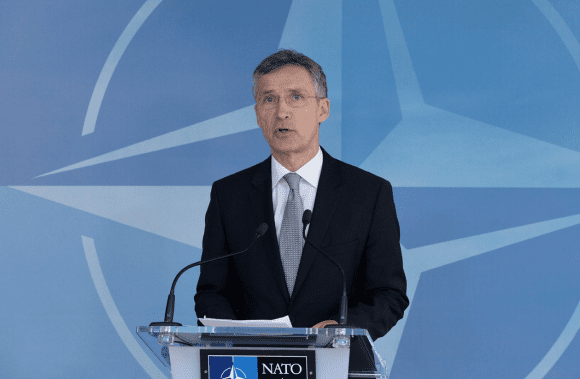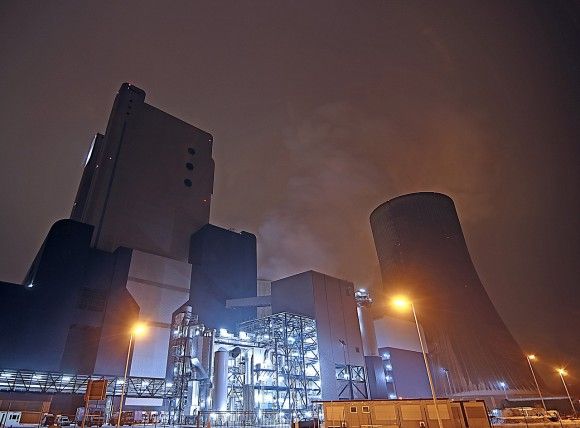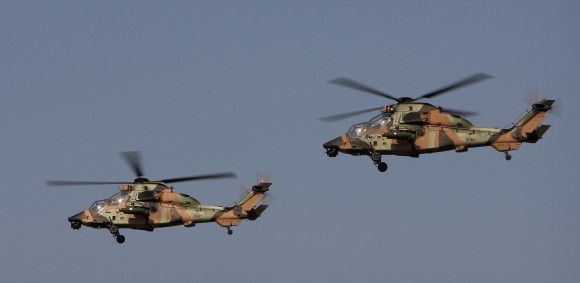Russians Doing the Syrian Homework. The Army Needs More Drones
One of the most important conclusions, drawn by the Russians from the operation in Syria, is seen in the need of introducing more unmanned aerial systems into use within the Russian Army.
Until the Ukrainian War and Syrian Intervention, UAVs have been treated by the Russian Ministry of Defence as a costly addition, which could have played a role of a showpiece, presented in front of the Generals, during a variety of military exercises. Nonetheless, unmanned systems did not constitute a permanent element of operations undertaken by the Russian Forces.
The Russians admitted though, that during the Syrian deployment, around 25% of the reconnaissance data about the enemy was provided by the remotely piloted aircraft. With the use of a variety of UAV systems, short term data related to movement of the rebels, new positions and vehicle columns was acquired. UAVs were also used to assess the effectiveness of bombardment sorties. The UAV systems have also been frequently used to direct the artillery fire and verify the reconnaissance data and intelligence provided by the locals.
Effectiveness of the operational activities undertaken by the Russians was increased, which led to a revolution, taking place among the Russian officers. The changes implemented are supported by the fact that the Russians have already gained some experience, by allowing the Special Forces to use the drones. These UAV systems included the older types: “Orlan”, “Zastava” and “Elieron” systems; as well as the newer ones: “Takhion” and “Gorizont”.
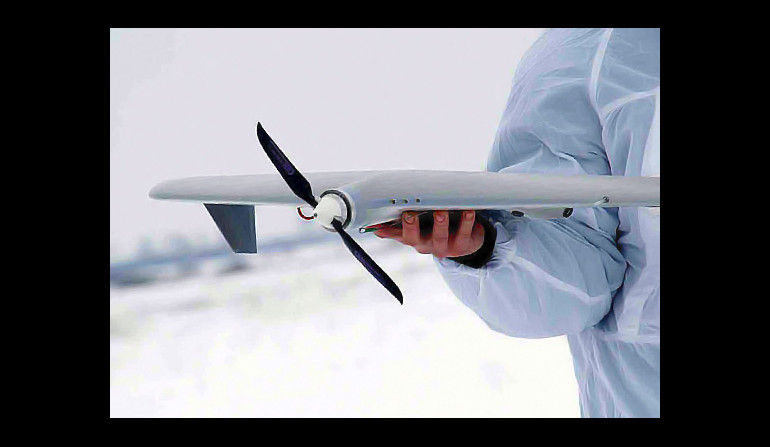
At the time, it turned out that this was related to the need of solving a number of serious problems. Not only were these issues related to maintenance of the individual systems, as firstly, the skill of interpreting the imagery provided by the drones was a serious concern. However, this did not refer to the imagery analysis at high levels of the chain of command, but at the level of small units.
First, it was needed to implement changes in the training programme for the UAV operators. At the moment, a UAV operator in Russia is involved in a two – two and a half month training at the 924th State Unmanned Aviation Training Centre. Each of the specialists receives a title of an Instructor, along with a flight log. Moreover, information emerged that scope of the training will have to be significantly expanded.
A requirement emerged to develop a quick and secure transmission method, pertaining to the information obtained by the UAV. This information was to be passed on to the rocket artillery and tube artillery positions. Also, the chain of command also constituted a problem, since firing authorizations should be delivered, only on the basis of the information provided by the UAV systems. The procedures that have been used by the Americans for several years had to be developed from scratch.
A difficult task was being faced by the industry too. The Russian Ministry of Defence additionally developed a plan, the goal of which is to saturate the Armed Forces with the UAV systems, with procurement schedule determined until 2020. Nonetheless, the Army wants the new UAVs to meet four conditions, namely the systems shall be: simple, reliable and made in Russia. Thus, as the Russians claim: “All is good, however, as we did not have UAVs which meet the requirements of the Ministry of Defence, we still do not have them now”
Difficulties in making the UAV systems more common in the Russian Army
Price is one of the most important issues faced by the Russian Army. However, here we do not mean the ultimate price, we mean the erroneous estimation of the actual programme costs by the industry, within the framework of introducing the drones into mass production. As a result, thousands of rubles within the pricelist become millions, once the Army receives the product.
Another difficulty stems from short-sightedness of the Russian command, which is resistant to any revolutionary changes. Such decision-making resistance has been clearly visible especially in case of the mini-class UAV VTOL aircraft. Despite the fact that such platforms have been successful operationally, the Russian Ministry of Defence is not exhibiting any initiative, within which such platforms could be introduced into the inventory e.g. of the Navy. Thus, license manufacturing of the Schiebel Camcopter S-100 aircraft, known in Russia as Gorizont Air S-100, at the OAE “Gorizont” company in Rostov-on-Don, has been started not in order to meet the needs of the Army, but in order to deliver the said system for the Russian Coast Guard.
Carefulness in the Russian UAV programmes is also seen in the way and pace at which the MALE class UCAVs are being developed. And even if the Chinese have made significant progress in that field, with first foreign orders already secured, the Russians have still not made a decision to disclose the developed solutions, should such solutions even exist, obviously.
A number of small companies and research institutes working on UAVs emerged in Russia, mainly employing numerous enthusiasts. Nonetheless, the above entities operate, primarily, within the civil market. The Russians know that drones may be used in the course of diminishing the effects of natural and industrial disasters, or for the purpose of monitoring vast forested areas, pipelines, or in order to carry out SAR operations, and so on.
However, the systems that are adopted for civilian use may not necessarily be interesting for the Army. Thus, before any order is placed, the Army shall, in a detailed manner and in advance, define the terms of reference. In case of drones, significant problems within that area still exist.
It turns out that it is not possible to create a modern UAV (VTOL especially) platform, with employment of the old Russian technologies. The Russians claim that they need new sensors, INS and satellite navigation systems, along with miniaturized communication devices. All of the above products have not been – so far – available to be procured from the Russian industry.
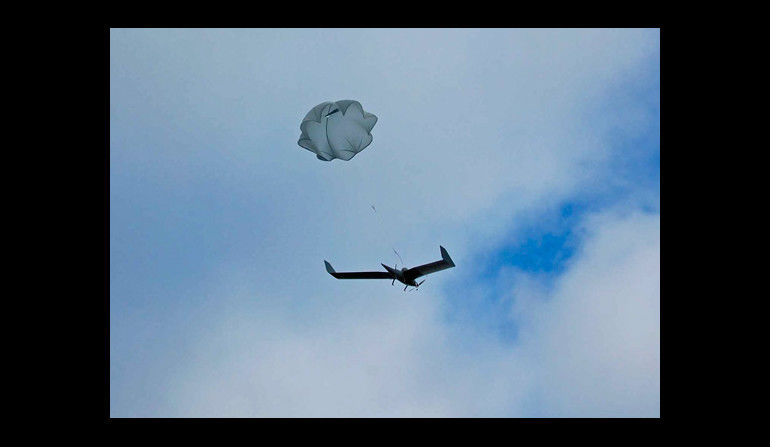
In this way, without satellite navigation systems, controlling a drone is virtually impossible. Similar difficulties exist when autonomous operation of the given system is required, should the drone lose the line of communication with the operator. According to the Western standards, the UAV should, should such circumstances arise, return to the take-off location. In case of the Russian systems, this does not happen often.
The Russians openly claim that within that area, they face a delay in development of the technologies, in comparison with the Western research entities. Moreover, the situation is deteriorating, which is visible e.g. when comparing the UAV budget in Russia, with the one available in the West. The United States have already acquired technologies which allow the drones to operate in the civil airspace. Russia, on the other hand, has only adopted wartime solutions, unacceptable, within the framework of the international norms, during the peacetime.
This is why the Russians want a programme to be established, run by a supervisory team. The industry would like to receive proper financing. Then, among a number of solutions that have been already developed, a proper system for the Russian Army, optimally tailored, may be selected.
This may be accelerated by a decree issued by President Putin on 16th December 2015, creating a national centre for developments in the field of robotics. One of the prospective goals is to develop an unmanned helicopter with dimensions not exceeding 0.5 – 0.6 meters, capable of achieving a speed of 20-25 m/s speed and 60 minutes of flight endurance, with own weight of 5 kilograms. As it turns out, the products that are easily obtainable at the Western electronic appliances stores, are still quite problematic in Russia.

